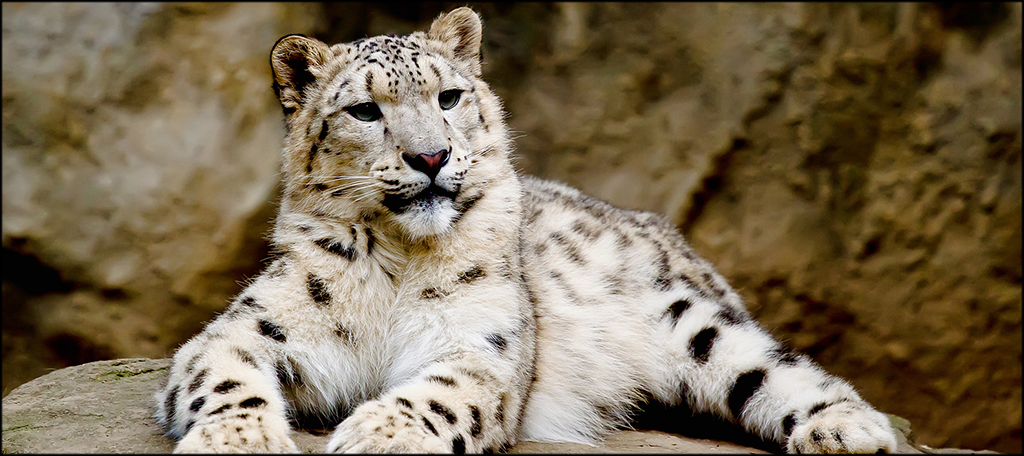Giant panda conservation efforts have brought the species back from the brink of extinction. Now the species is classified as Vulnerable. However, a deeper look into this case has uncovered that other species are now suffering as a result.
In 1998, there were only 13 panda reserves. But that number has grown to 50 in 2020, which is home to 67% of the population. And while this has also helped many other species that share the same habitat, predators are not fairing quite as well.
In particular, Asian wild dogs, leopards, snow leopards, and wolves have all been impacted from habitat loss and human interference.
Impact on the Ecosystem

When predators begin to decline in population, it means fewer animals are being hunted by them. While this may sound like a good thing, it can negatively impact the entire ecosystem.
In reality, fewer predators mean that livestock and deer populations will grow much higher. These animals are actually very destructive to the habitats they live in. And destroying the habitats will actually come around full circle and undermine giant panda conservation efforts because pandas will be on the losing end.
Snow leopards are one of the few animals that are an actual threat to the Giant Panda, as they tend to hunt their cubs. As such, it is no surprise to see them absent from these reserves.
However, the snow leopards in particular cannot cope with poachers and habitat destruction by humans.
The Importance of Biodiversity
Giving struggling animals a hand is important, but as this case has shown, helping one animal is hurting others. Generally speaking, protecting giant pandas is helping more species than it is hurting, but it creates a new problem as a result.
A healthy ecosystem relies on biodiversity. And when that is missing, the ecosystem is going to face the consequences.


